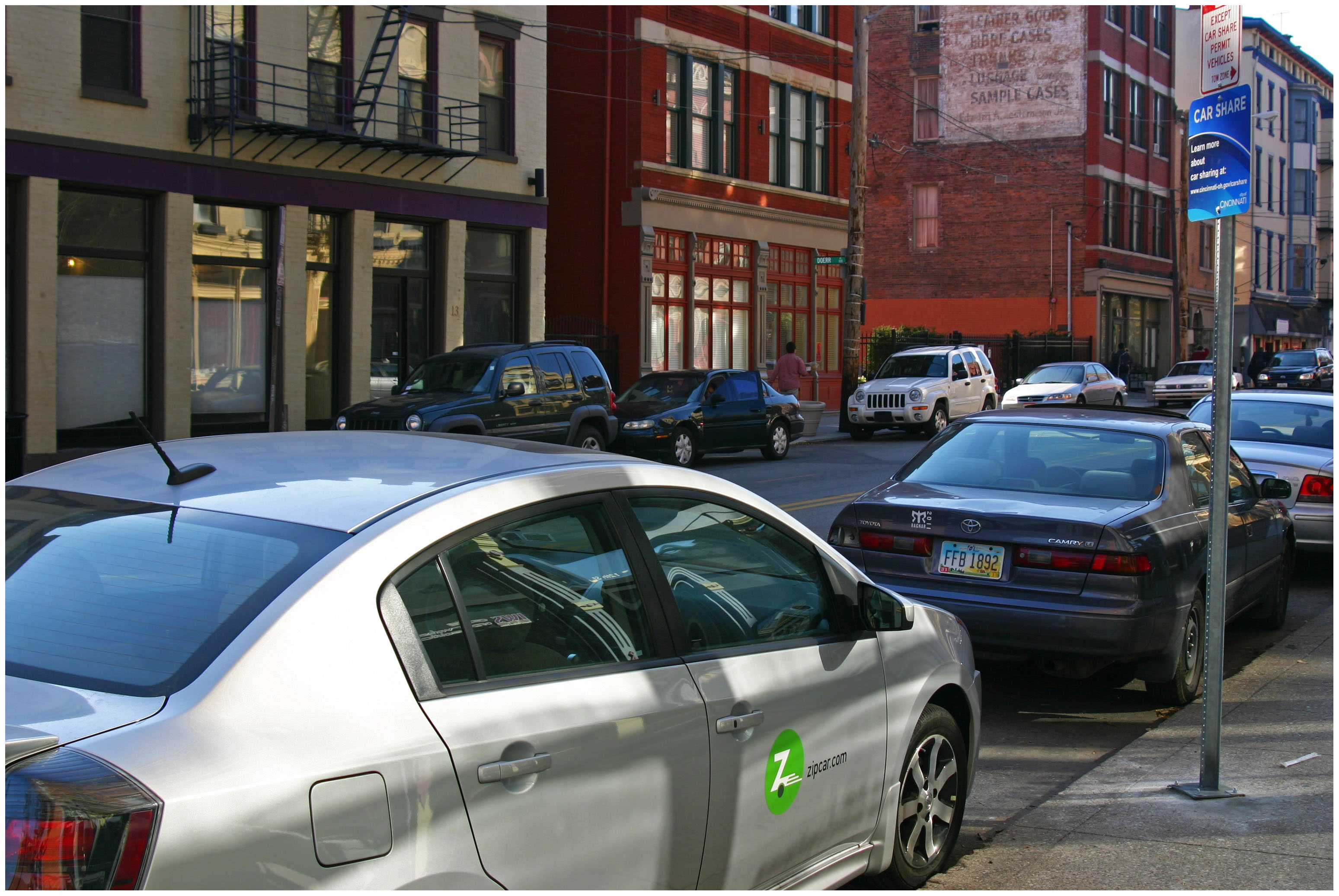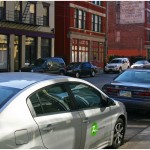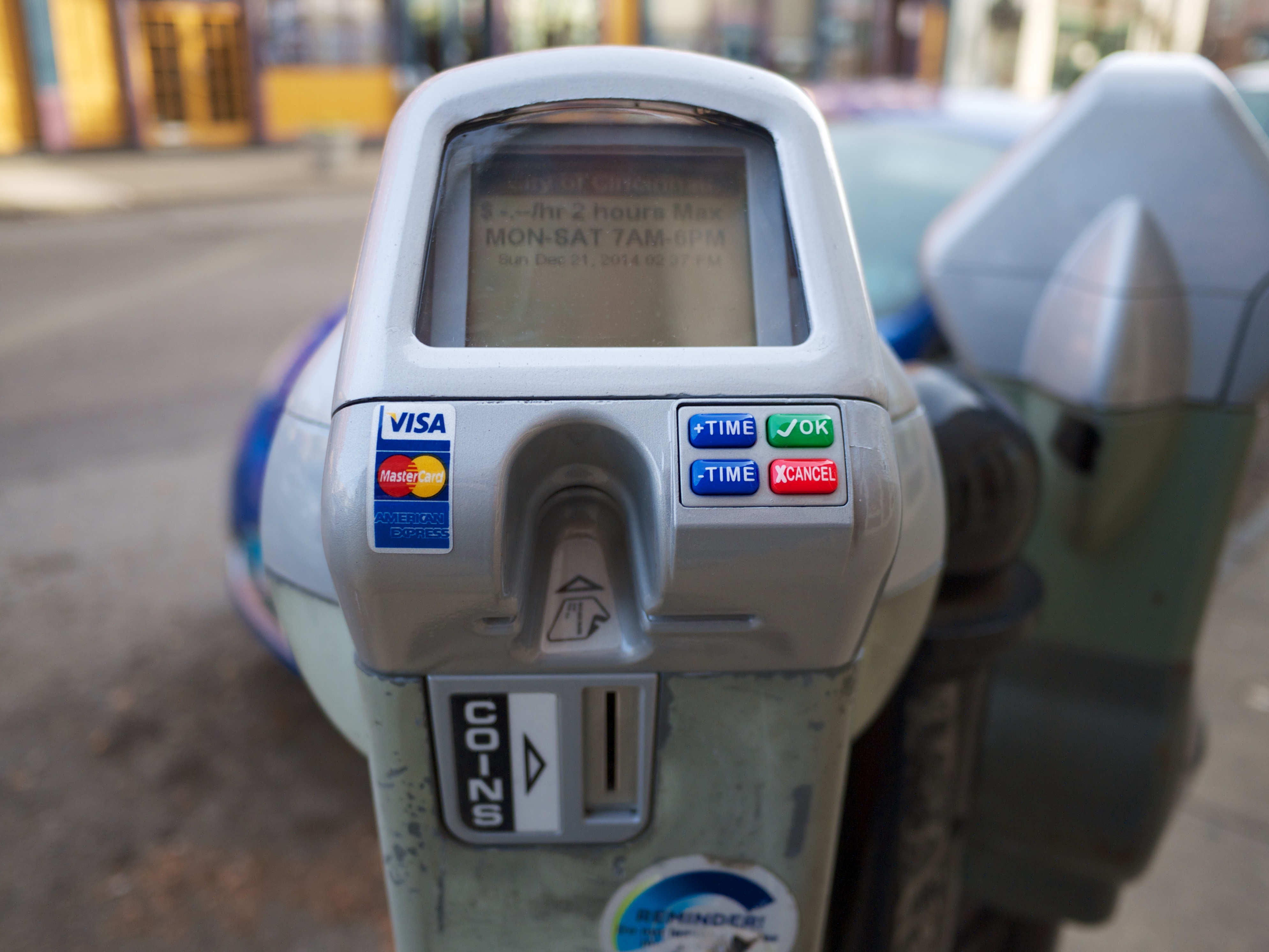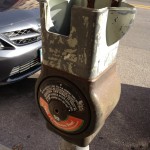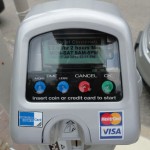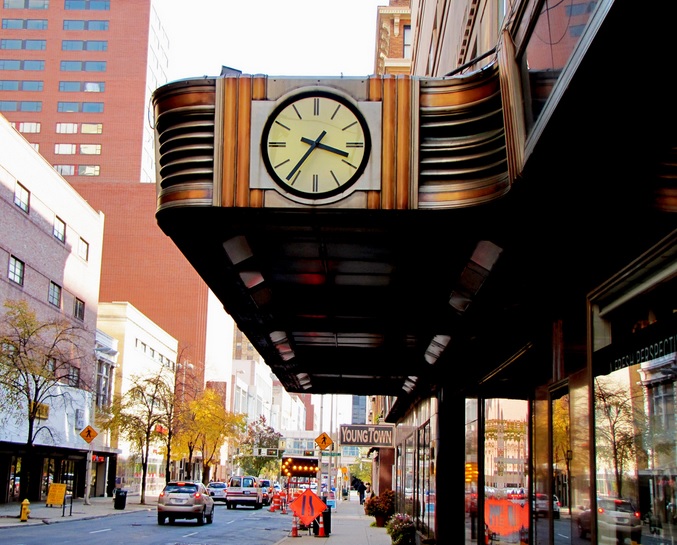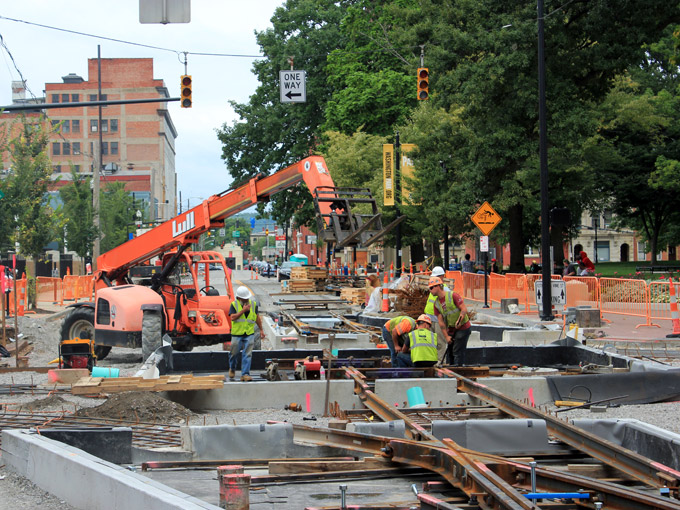A team of New York-based developers have purchased a number of properties in the West End, and a recent tax credit from the State of Ohio may spark the first major redevelopment investment in the historic district in decades.
In 2012, Zada Development purchased two historic school buildings from Cincinnati Public Schools for $60,000 each at auction. The two schools sit within a block of one another in the Dayton Street Historic District, and have sat vacant for the better part of the last decade.
The development team told UrbanCincy that they intend to begin construction on the 86-year-old Heberle School in February, thanks to a $1.8 million Ohio Historic Preservation Tax Credit – the biggest award in the recent round of funding in Southwest Ohio aside from Music Hall’s $25 million catalytic project award. It is due to the neighborhood’s proud history that the developers decided to enter the Cincinnati market and take on their first project here.
“This area has been abandoned for some time, which prompted us to collaborate with the Dayton Street Neighborhood Association in order to revive a community rich in history and architecture,” explained Golan Marom from Zada Development Group.
The group’s previous experience is largely comprised of high-rise residential rehabilitations in the New York area.
The $11.2 million Heberle Lofts project, meanwhile, is seen as phase one of the team’s efforts. The second phase will focus on the 100-year-old Lafayette Bloom Middle School on Baymiller Street. There, developers anticipate a project similar in scope to what will be done at Heberle, which is planned to include 59 market-rate apartments and 5,000 to 6,000 square feet of street-level commercial space.
A striking similarity at both school properties is the large open space in front of their main entrances. In both cases, Marom says that the plan is to maintain some of it as parking for the development, while also creating new public and green space for the community.
While redevelopment has been moving northward from Over-the-Rhine’s Gateway Quarter, all the way up to the Brewery District surrounding Findlay Market, it has yet to spread west into the West End or its Brighton District. An injection of activity like this, however, could improve the neighborhood’s ability to support service retail and restaurants, which so far have proved difficult to attract within the Brighton District or along Linn Street at the nearby City West development.
The development team says they are still working to secure some additional financing, but are optimistic they will be able to get started in the coming months. Should everything go according to plan, the Heberle Lofts project is expected to be completed approximately two years after construction work begins.



